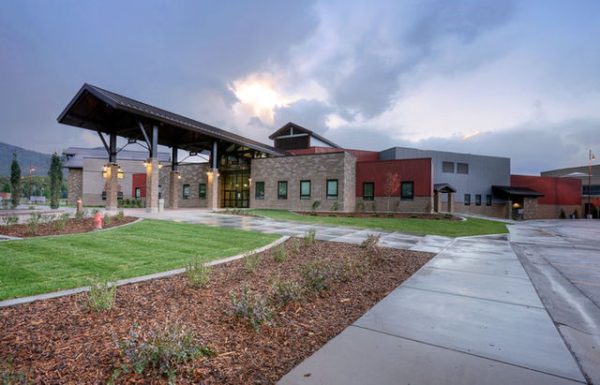Government Shutdown

Provided by ABC News
The latest government shutdown lasted from Dec. 22nd to Jan. 25th, making it the longest government shutdown in United States history. Close to 800,000 federal employees went without paychecks for 35 days.
President Trump initiated the shutdown after not agreeing on an appropriations bill to fund the operations of the federal government for the 2019 fiscal year or a temporary resolution that would extend the deadline for passing a bill. Unfortunately, they were never able to come to an agreement.
The government will temporarily shut down again on February 15th if a new agreement is not reached between Congress and the President.
The 30 day break between Jan. 25th and Feb. 15th was a way for the hundreds of thousands of federal employees to get their overdue paycheck.
To an average person, the shutdown may seem cost effective. The government and taxpayers don’t have to pay any federal employees. The truth is that it actually costs the government billions and government contracted employees paychecks they will never get back.
Not only do shutdowns cost workers their paycheck, but it also costs the government an estimated 2-3 billion dollars according to Politico. Each day of the shutdown costs approximately 10 million dollars. But, why is it so pricy?
First, you have to take into account the federal employees who aren’t getting paid. Plus the fact that national parks can’t collect fees, and how much money and effort it takes to prepare for a shutdown. To actually shut down, prepare for reopening, and finally reopen. This process of going in circles is unnecessary and takes time and money away from more important work and responsibilities.
The D.C. Council has been working to pass emergency legislation that would aid federal workers and contractors in the event of another government shutdown for the foreseeable future. One of these bills, introduced by Mayor Muriel Bowser, would allow essential government employees, (those who still have to come to work even though they are not getting paid) to apply for unemployment benefits during a shutdown. This legislation would only to be used in cases as long as the previous shutdown.
How should we be preparing for the February 15th? It looks like Americans should expect no less for the upcoming shutdown. Nothing out of the ordinary seems to be happening during the upcoming shutdown. What US citizens should really be wondering is how much longer will this last than the previous shutdown?
In the past 10 years alone, there have been 4 shutdowns, ¾ of those occurring in 2018-2019. How many more people have to be affected until this shutdown trend comes to an end? But until then, be ready and keep an out.





